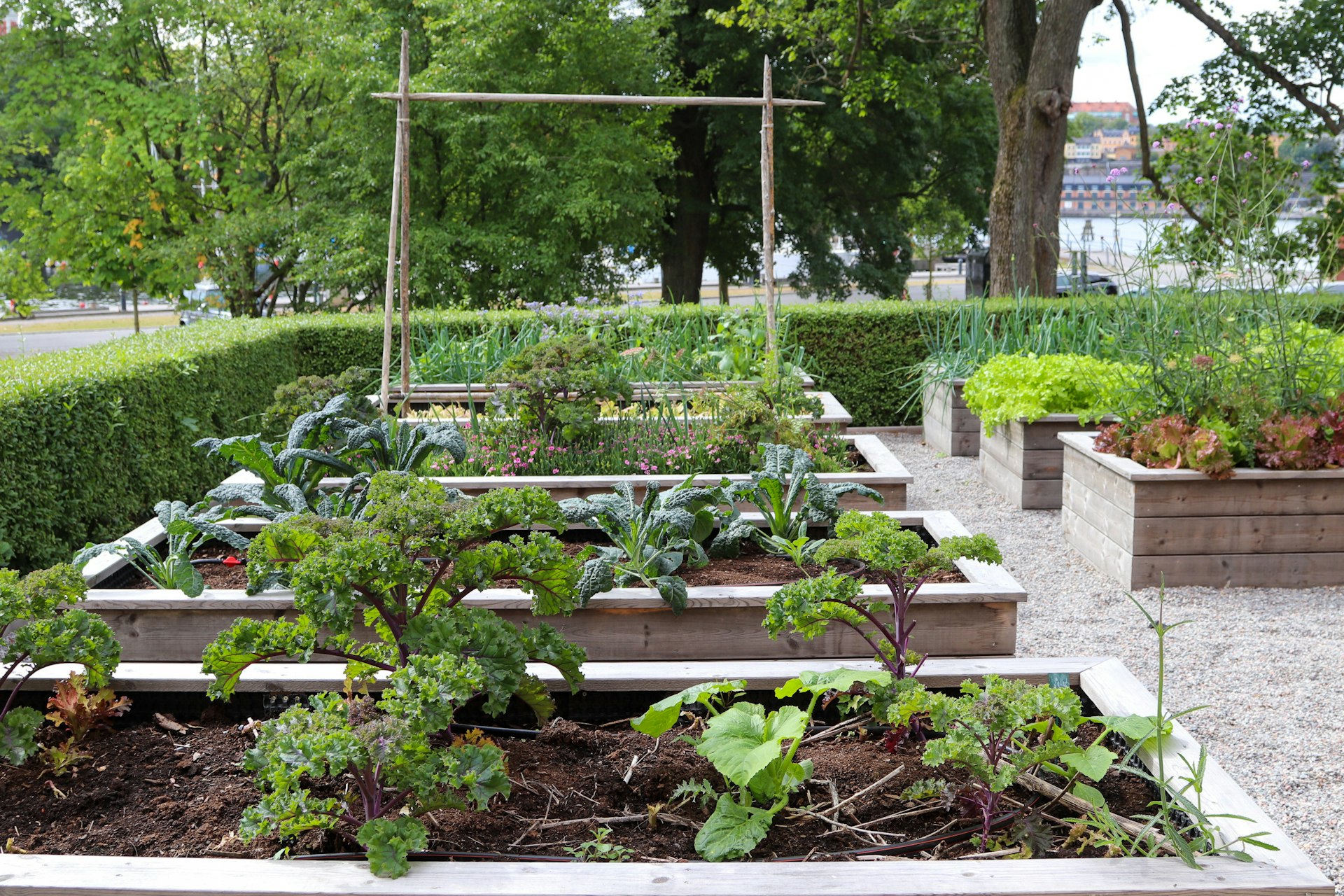Mastering Your Home Workout Lifestyle: Proven Routines for Lasting Results

Photo by CHUTTERSNAP on Unsplash
Introduction: Building a Sustainable Home Workout Lifestyle
Creating a sustainable fitness routine at home offers flexibility, privacy, and cost-effectiveness. With no need for expensive equipment or gym memberships, home workouts empower you to prioritize health on your schedule. Yet, establishing and maintaining this lifestyle requires structure, motivation, and adaptability. This guide provides actionable advice, routine examples, and step-by-step strategies for all experience levels, drawing on reliable resources and real-world success stories.
Why Choose Home Workouts?
Home workouts offer unique benefits that appeal to busy professionals, parents, and anyone seeking autonomy in their fitness journey. Exercising at home allows you to tailor routines to your available space, time constraints, and personal goals. Studies indicate that consistent at-home exercise improves muscular strength, cardiovascular fitness, and mental well-being [1] . The flexibility of choosing when and where to train can remove common barriers such as commute time and crowded gyms.
Essential Principles for Home Workout Success
Success in home fitness hinges on three core principles:
- Consistency: Creating a regular schedule, even if sessions are short, builds lasting habits. The Physical Activity Guidelines for Americans recommend at least 150 minutes of moderate-intensity activity per week, which can be broken into 20-30 minute daily sessions [2] .
- Progression: Gradually increasing intensity or complexity prevents plateaus and keeps workouts engaging. This can be achieved by adding repetitions, sets, or more challenging variations of familiar exercises [3] .
- Variety: Mixing different workout types (strength, cardio, flexibility) prevents boredom and promotes balanced fitness [1] .
Sample Home Workout Routines for All Levels
Below are actionable routines for beginners, intermediates, and advanced exercisers. No special equipment is needed; common household items can substitute for weights.

Photo by Aleksander Saks on Unsplash
Beginner Routine
Begin with foundational bodyweight exercises to build strength and confidence. Repeat the following circuit 2-3 times:
- Bodyweight squats: 15 reps
- Push-ups (knees or full): 10 reps
- Walking lunges: 10 each leg
- Plank: 20 seconds
- Jumping jacks: 20 reps
Progress by increasing repetitions or adding another round each week. If needed, modify exercises (e.g., incline push-ups using a countertop) to match your fitness level [3] .
Intermediate Routine
Once you can complete the beginner routine comfortably, try this more challenging circuit:
- Bridged march: 15 reps each leg
- Squats: 20 reps
- Forward and backward lunges: 12 reps each leg
- Pike push-ups: 12 reps
- Kneeling squats: 15 reps
- Superman: 12 reps
- Plank with alternating leg lift: 30 seconds
Rest briefly between exercises, and repeat for 3-4 circuits. The goal is to challenge multiple muscle groups and improve endurance [1] .
Advanced Routine
For seasoned home athletes, progression is key. Try this advanced routine, focusing on form and control:
- One-legged squats (pistol squats): 10 each leg
- Decline push-ups: 15 reps
- Jump step-ups: 15 each leg
- Pull-ups or inverted rows: 10 reps
- Dips (using a sturdy chair): 12 reps
- Plank: 45 seconds
Increase difficulty by adding repetitions, sets, or minimizing rest intervals. If you lack equipment for pull-ups, perform inverted rows using a sturdy table or broom across two chairs [3] .
Adapting Your Space and Routine
Home workouts require creativity in both space and equipment. Use available furniture (couches, coffee tables, chairs) for exercises such as dips, step-ups, or modified handstands. Weighted objects like filled water bottles or backpacks can replace dumbbells. For those with mobility constraints, seated or chair-based routines are effective alternatives, and many instructional videos exist for different ability levels [4] .
Overcoming Common Challenges
Staying motivated can be difficult without the accountability of a gym or group class. Strategies to address this include:
- Setting specific, measurable goals (e.g., “complete 30 push-ups without stopping by month’s end”).
- Tracking progress in a journal or fitness app.
- Scheduling workouts as non-negotiable calendar appointments.
- Inviting family members or friends to join you virtually or in person.
If you experience a plateau, incorporate new exercises or increase workout intensity. If you face time constraints, even short 10-15 minute routines can provide significant health benefits when performed consistently [2] .
Accessing Instructional Resources and Guidance
For guided routines, video demonstrations, and additional support, you can:
- Access free workout videos from public health organizations. For example, the UK’s National Health Service offers a variety of 10-30 minute home workout videos covering cardio, strength, balance, and stretching. These are suitable for all fitness levels and completely free [2] .
- Find government-endorsed instructional resources, such as the U.S. Department of Agriculture’s Nutrition.gov, which provides videos and printable guides for strength, cardio, stretching, yoga, and balance routines. These resources are especially helpful for those new to exercise or seeking variety [4] .
- Search for certified fitness professionals or local community centers offering virtual group classes-these may be available via your city’s parks and recreation department, the YMCA, or hospital wellness programs.
To locate tailored programs, you can search for terms like “free home workout video for beginners” or “government health exercise guide.” When considering paid programs, verify the trainer’s credentials and look for user reviews on reputable platforms.
Making Home Workouts a Lifestyle
Integrating exercise into your daily routine fosters a genuine lifestyle shift. Identify natural opportunities to move: take walking breaks during work-from-home days, stretch while watching TV, or perform short routines in the morning to boost energy. Celebrate milestones, however small, to reinforce positive habits. Remember, nutrition plays a critical role in achieving fitness outcomes; pairing home workouts with balanced meals amplifies results [1] .
Alternative Approaches and Safety Considerations
If traditional routines are unappealing or physical limitations exist, consider alternatives such as yoga, tai chi, or dance-based workouts. Many organizations provide beginner-friendly instructional content online. Always prioritize safety: use proper form, warm up before activity, and consult a healthcare provider if you have chronic conditions or are new to exercise. If you experience pain (beyond normal muscle soreness), stop and seek professional guidance.
Conclusion: Taking the Next Step
Building a home workout lifestyle is an attainable goal for anyone willing to start, progress, and adapt. By leveraging free resources, creating a dedicated space, and establishing clear goals, you can transform your health and well-being at home. For further support, explore government health websites, local fitness initiatives, or virtual communities focused on home fitness. Sustainable change is possible-starting with your very next workout.
References
MORE FROM cheerdeal.com













